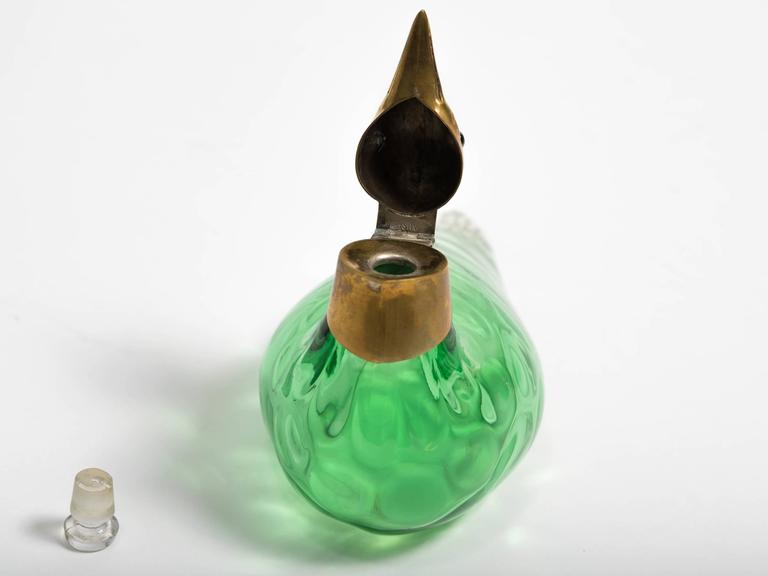

If the falcon is flying below a potential kill, ringing up is the attack form used. In this mode, peregrines use the landscape to obscure themselves as they pursue another bird. Contour hugging, a form of direct pursuit, may be used if a falcon is trying to surprise its prey. Stooping is the most common form of attack involving the falcon diving quickly from above their potential prey.ĭirect pursuit typically follows stooping if the prey gets out ahead of the falcon. These are often referred to as direct pursuit, shepherding, stooping, ringing up, contour-hugging, running/hopping, or flapping on the ground. The peregrine falcon has several attack modes. Occasionally they will also hunt on foot. Peregrines like to overlook open air-space where other birds fly. Frequent perches include trees, telephone poles, cliff edges, or high mounds. It’s what keeps them coming back, season after season.įreebie Alert! Having trouble identifying more than just birds of prey? Download our handy Audubon Bird Guide App to start learning 821 North American species and their songs today.Peregrine falcons commonly hunt from a perched position or while flying. And don't worry, even the experts get fooled. Kestrels float when they glide the heavier Merlins sink. Peregrine Falcons, on the other hand, have shallow, elastic wing beats-you can practically see the motion rippling down the falcon’s long and tapered wings.Īs the bird approaches, make sure to test your hypothesis other clues will become more obvious as the distance closes. The American Kestrel’s flight is batty and flat, for example, while the Merlin’s wing beats are fast, powerful, and piston-like.

Manner of flight can also be a defining feature.

For instance, the signature double ‘stache on an American Kestrel’s face may not be so obvious, so rely on its overall paleness to help distinguish it from the slightly larger and darker female and juvenile Merlin. Look for specific features-though fine distinctions in plumage might still be hard to pin down. Once you've sorted your groups, it's time to narrow down the candidate species.

Falcons are slender- and pointy-winged speedsters with steadier wing flaps.Accipiters are small, narrow-tailed forest dwellers with short, rapid, bursting flaps, punctuated by a glide.Buteos are the large, broad-winged, short-tailed lugs with spare and labored wing beats.(Northern Harrier, Osprey, and kites are a few exceptions.) These are the core attributes for each: Most birds of prey fall into four major categories. If you want to play in the hawkwatching arena, you’re going to have to rethink your concept of a field mark. Distant IDs aren’t made instantly-they’re built, by piecing together multiple clues that favor one species over another. My advice: Don’t be intimidated, but don’t be dismissive either. Focus on the traits you can make out: size, shape, overall color or tone, and the manner and cadence of the bird’s wing beats. Birders trained to ID birds by their plumage are typically mystified by their first hawk-watching experience-from a distance, raptors may be near impossible to tell apart.


 0 kommentar(er)
0 kommentar(er)
